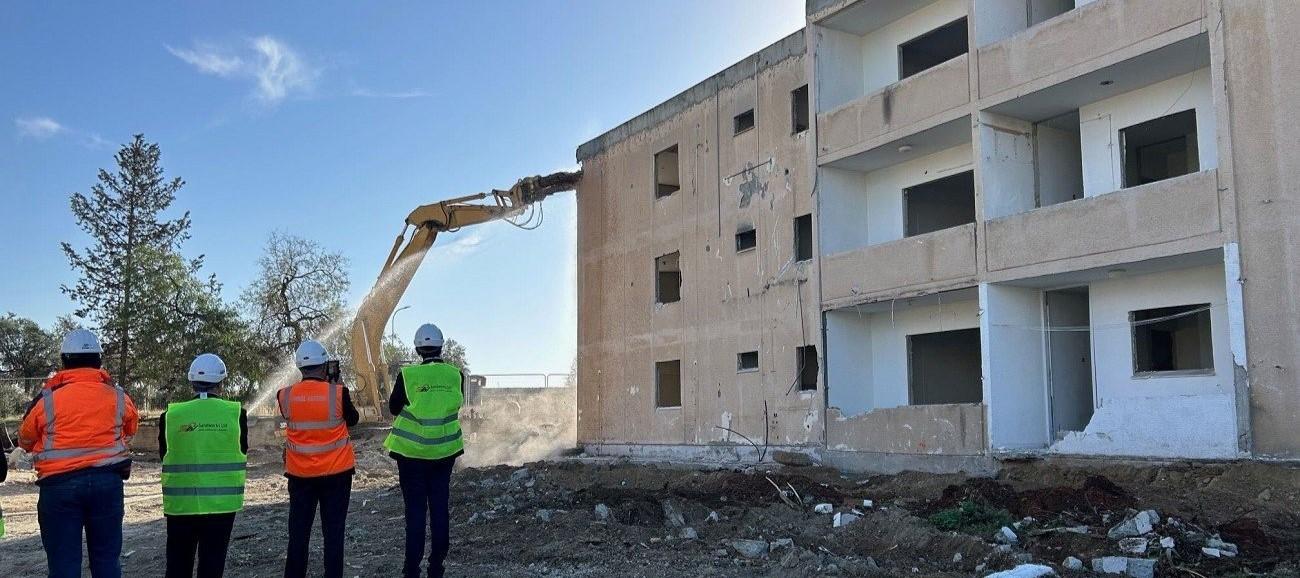The refusal of some owners to vacate their flats in houses located in refugee settlements is causing serious problems and delays in the implementation of the government's 'KtiZO' programme.
This was stated on Tuesday 4 February by Irini Yiannakou, a senior official at the Cyprus Ministry of Town Planning and Housing.
She stressed that the timetable for the work to be carried out was largely up to the property owners and not the department. With residents of the problem properties refusing to leave, it is constantly being pushed back. Yannaku said that many are demanding an increase in the rent subsidy or they will move out. It should be noted that this not only delays the demolition of dilapidated buildings, but also the construction of new ones.
Incidentally, the department's plans include the construction of 19 new blocks of flats to replace those deemed uninhabitable. Of these: 10 in Nicosia, eight in Limassol and one in Larnaca. Yannakou noted that the most progress has been made in Nicosia, where two blocks of flats are at an advanced stage of construction: one in the Latia neighbourhood and one in Strovolos. At the same time, there have been three cases in the capital where residents have refused to leave their homes, delaying the demolition and construction of new blocks. The authorities in Limassol are facing a similar problem. In the Polemidia neighbourhood, delays in the implementation of projects have led to the illegal occupation of empty flats. The relevant authorities, including the municipalities and the police, are now taking measures to solve these problems and speed up procedures.

It should be recalled that the government programme covers a total of 358 buildings with 3,128 flats in Nicosia, Limassol and Larnaca.
Of these, 43 have been identified as having critical problems with their stability and structure. These buildings, the most dangerous, will be prioritised. They will be demolished and replaced by new buildings within three and a half years.
A further 70 buildings have stability problems in a number of structural elements, and 245 buildings have less critical deficiencies. These two groups of buildings will be renovated rather than demolished. The renovation programme will last 10 years. Incidentally, the tenants of the 43 most dangerous apartment blocks have already started to leave with the payment of subsidies. People have been offered two options:
- Temporarily move to another location and then receive an apartment in a new building that will replace their demolished complex; or:
- Receive a lump sum compensation from the state for their property and their share of the land.
The KtiZO programme divides beneficiaries into three categories:
- Category 1 includes first generation refugees and second, third and fourth generation refugees who inherited emergency housing, if they have a housing title.
- Category 2 includes those refugees who bought flats in housing estates with money allocated by the state.
- Category 3 includes residents who bought a flat from refugees.
Residents of shelters who did not receive an apartment in a house built in place of the demolished one can claim compensation, the amount of which depends on the cadastral value of the property and land. If the shelter is to be repaired rather than demolished, the cost will be borne by the state.
